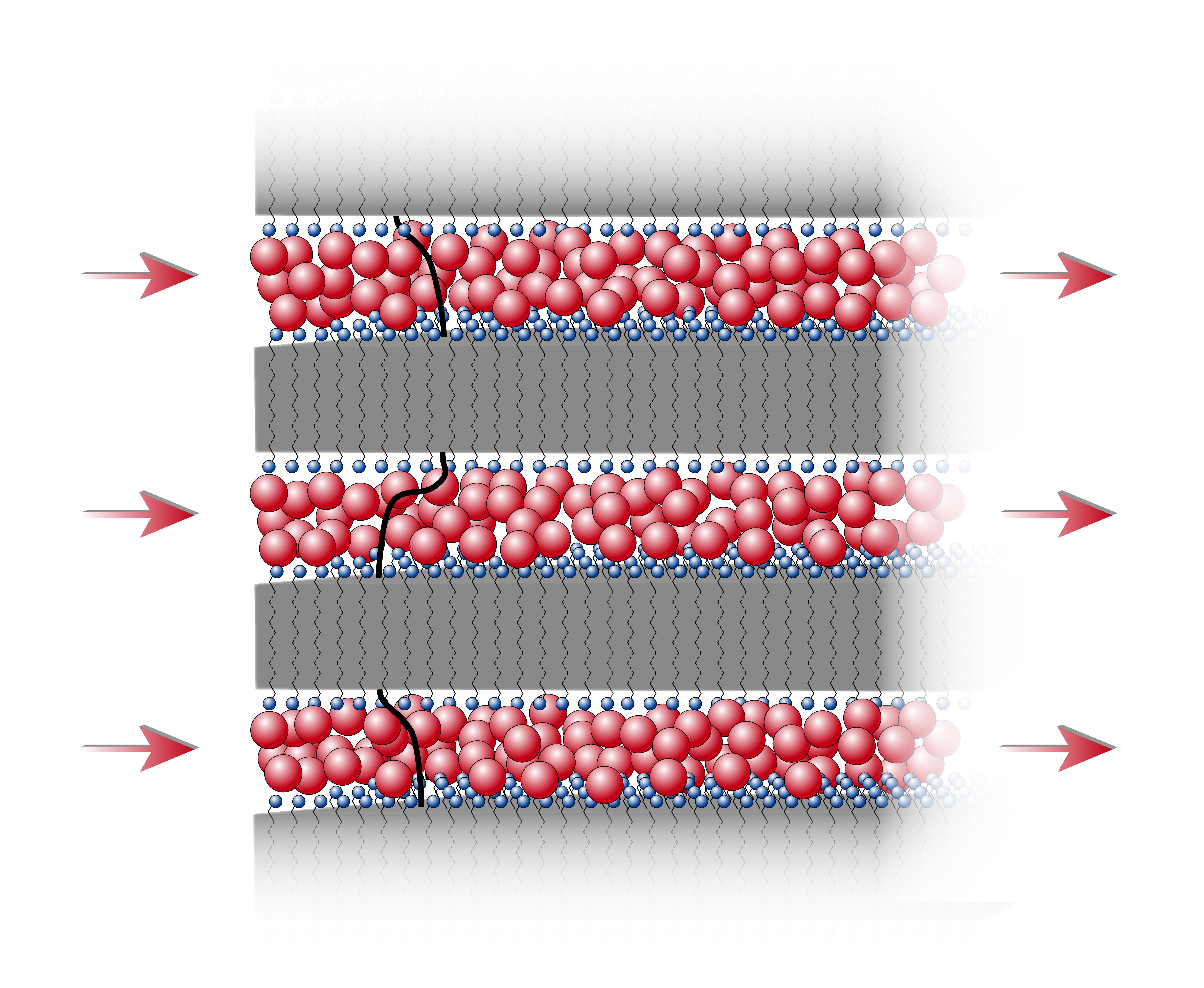
Customized bio-synthetics
The Baden-Württemberg Foundation supports collaboration between chemists in Konstanz and Pennsylvania (USA) as part of its programme to promote top-level research
Chemistry is sometimes a matter of finding the right size. One example is bio-synthetics and the fatty acids they are made of: Each fatty acid is made up of molecular chains with a particular length. The lengths and composition of these molecular chains decide which materials the fatty acids can be used to synthesize. If we are able to precisely determine the length of these molecular chains, then we have the tools to synthesize completely new materials, with tailor-made characteristics. The Konstanz-based chemist Professor Stefan Mecking with this team has developed exactly this method. A year ago, they demonstrated how the length of molecular chains in vegetable fats can be doubled in order to reach the length needed to synthesize a desired tailor-made material. His research on multiplying molecular chains is now going a step further: Stefan Mecking will now be working with his colleague from the University of Pennsylvania (USA), Professor Karen Winey, on characterizing the properties of the new synthetics and expanding upon the existing method. Their work will be funded by the Baden-Württemberg Foundation’s programme to promote international top-level research with 350.000 euros.
“We have found a catalytic means of synthesizing polyethylene-like molecules with a very high level of precision. Two fatty acid molecules from rapeseed or algae can be attached to each other on each end without them being damaged”, Stefan Mecking describes the process for synthesizing the new material and explains: “The doubling process is catalytic and is thus especially suited for industrial application”.
As the structural analyses of his colleague, Karen Winey, show, the new synthetic molecules exhibit an extraordinary layered structure. This unique structure could be suitable for ionic conductivity, Stefan Mecking suspects, which would open up a wide range of new applications. The chemists from Konstanz and Pennsylvania are especially working on a layered structure, in which each new layer of synthetic material alternates with an ionic layer. This layered material is particularly stable and could be useful as a high-tech membrane for future generations of batteries and for water treatment.
“Our research project will help us to better understand and improve upon the properties of this new synthesized material and the layered structure it adapts,” states Mecking and continues: “We are happy to have Karen Winey, a leading international expert on X-ray scattering, support us. Thanks to the funding from the Baden-Württemberg Foundation, we are now able to expand upon our already close collaboration with Karen Winey,” says Mecking. The Baden-Württemberg Foundation’s programme to promote international top-level research provides funding specifically for international collaboration between top-level researchers in Germany and abroad. “The aim of the Baden-Württemberg Foundation is to foster internationally competitive projects that have the potential to make an impact and to play an important role in defining the research profiles of academic institutions,” states the Baden-Württemberg Foundation.
Facts:
- Collaboration between Professor Stefan Mecking, Chair of Chemical Materials Science at the University of Konstanz and Professor Karen Wiley at the University of Pennsylvania (USA) will receive 350,000 euros funding from the Baden-Württemberg Foundation’s programme to promote international top-level research.
- Research on analyzing and optimizing the properties of new classes of bio-synthetics.
- Previous work: Professor Stefan Mecking developed a method for doubling the length of fatty acid molecular chains. This method can be used to synthesize tailor-made, new kinds of bio-synthetics.
- A layered structure consisting of the synthesized material and ionic layers has great potential for application as a high-tech membrane for future generations of batteries and for water treatment.
